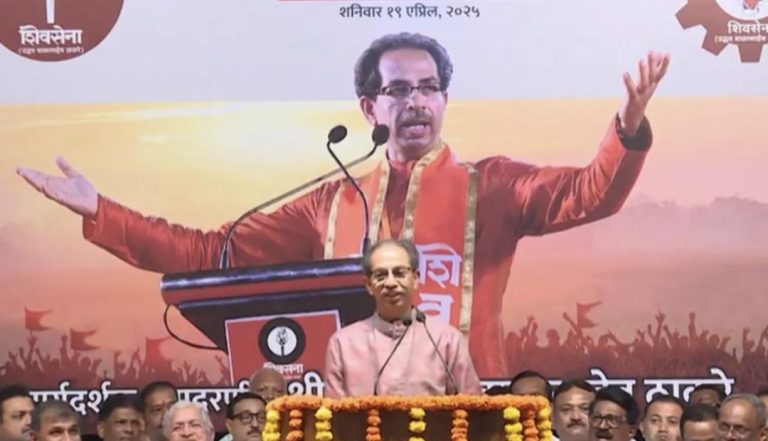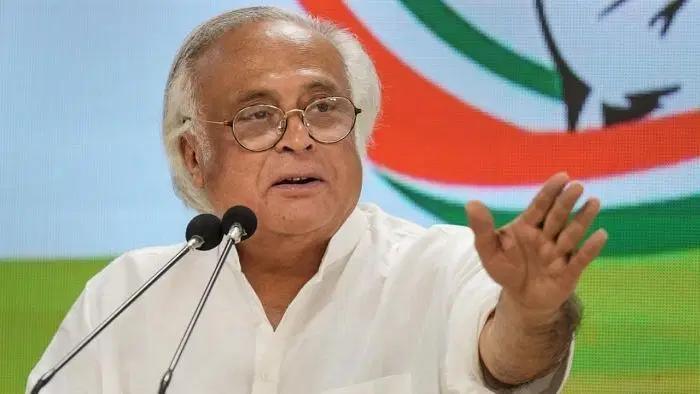
Condemnable & Laughable: BJP as DMK Changes ₹ Symbol in TN Budget
The political landscape of Tamil Nadu has been witnessing a heated debate over the use of the official rupee symbol, ₹, in the recent state budget. In a move that has sparked controversy, the Tamil Nadu government has decided to replace the commonly used rupee symbol with the Tamil letter “Ru” in the state budget. This decision has been met with swift condemnation from the Bharatiya Janata Party (BJP), with its state president, K Annamalai, terming it as “not only condemnable but also laughable”.
The move by the DMK-led government in Tamil Nadu is seen as a response to the ongoing Hindi-Tamil row, where the use of Hindi language is being promoted in various official circles. The Tamil Nadu government has been vocal about its opposition to the imposition of Hindi language, and this decision can be seen as a symbolic gesture of defiance.
However, the BJP has seen this move as a clear attempt to create divisions and promote regionalism. Annamalai, in his statement, said, “It’s not only condemnable but also laughable that the Tamil Nadu government has decided to change the rupee symbol which is commonly accepted across Bharat. They are either foolish or this shows their immaturity. This is not a symbol of Tamil pride, but a symbol of their arrogance and refusal to accept the national language.”
The BJP leader’s statement has sparked a heated debate on social media, with many supporters of the party expressing their outrage over the decision. Many have questioned the rationale behind replacing a universally accepted symbol with a regional one, and have accused the DMK government of promoting regionalism and division.
On the other hand, supporters of the DMK government have seen this move as a symbol of Tamil pride and a response to the growing dominance of Hindi language. They argue that the rupee symbol is not a national symbol, but rather a symbol of the British colonial legacy. By replacing it with the Tamil letter “Ru”, the government is promoting regional identity and cultural heritage.
The controversy surrounding the rupee symbol is not new. In 2011, the Indian government had introduced the new rupee symbol, ₹, which was designed to be a unique and universal symbol. However, the use of Hindi in the symbol had sparked controversy, with many opposing the use of Hindi in an official capacity.
The issue has taken a political turn, with the BJP accusing the DMK government of promoting regionalism and division. The party has long been critical of the DMK government’s stance on the Hindi language, and has accused it of promoting anti-Hindi sentiments.
However, the DMK government has maintained that its decision is not aimed at promoting regionalism, but rather a symbol of Tamil pride and cultural heritage. The government has argued that the rupee symbol is not a national symbol, and that the use of the Tamil letter “Ru” is a way to promote regional identity and cultural heritage.
The controversy has also raised questions about the role of symbols in our society. Symbols play a significant role in our daily lives, and are often used to convey meaning and identity. In the case of the rupee symbol, it is a symbol of national identity and currency, and its use is widely accepted across the country.
However, the controversy has also highlighted the importance of regional identity and cultural heritage. The Tamil letter “Ru” is a symbol of Tamil pride and cultural heritage, and its use is a way to promote regional identity and cultural heritage.
In conclusion, the controversy surrounding the rupee symbol in Tamil Nadu is a complex issue that has sparked debate and controversy. While the BJP has condemned the move as “condemnable and laughable”, the DMK government has seen it as a symbol of Tamil pride and cultural heritage. The issue has highlighted the importance of regional identity and cultural heritage, and has raised questions about the role of symbols in our society.






